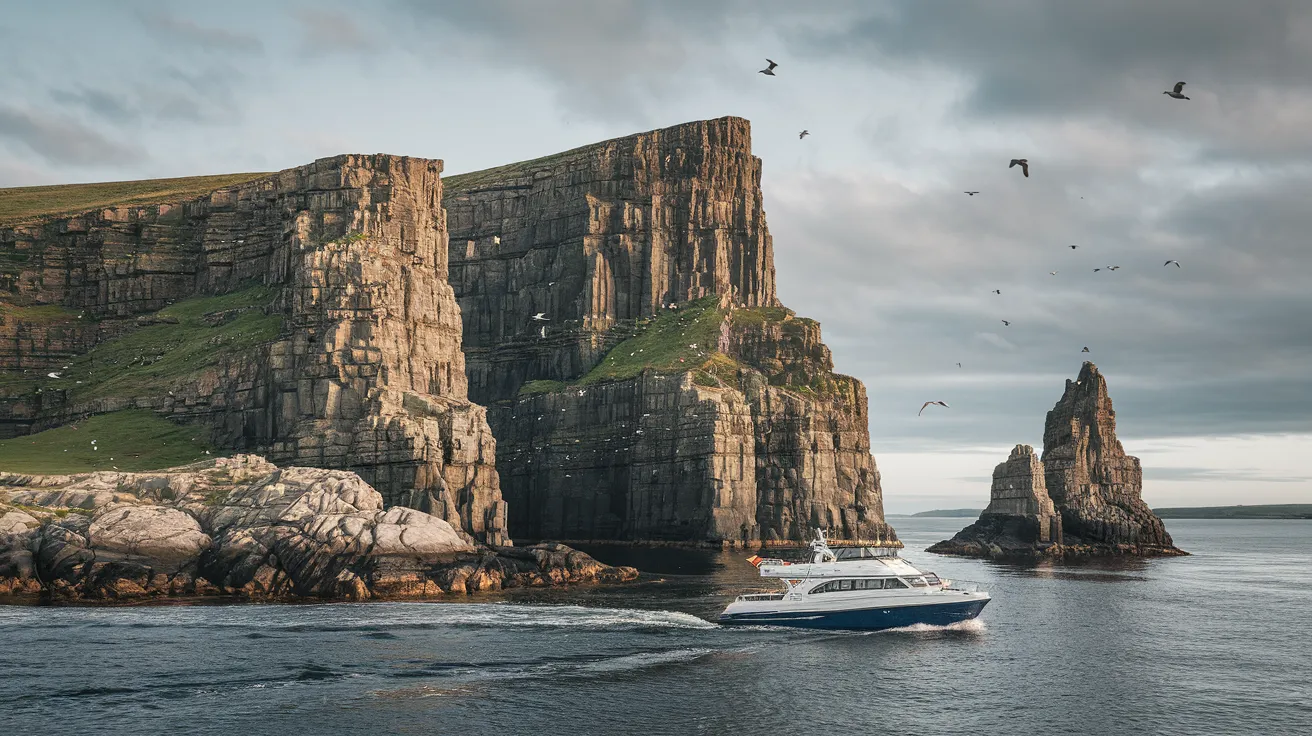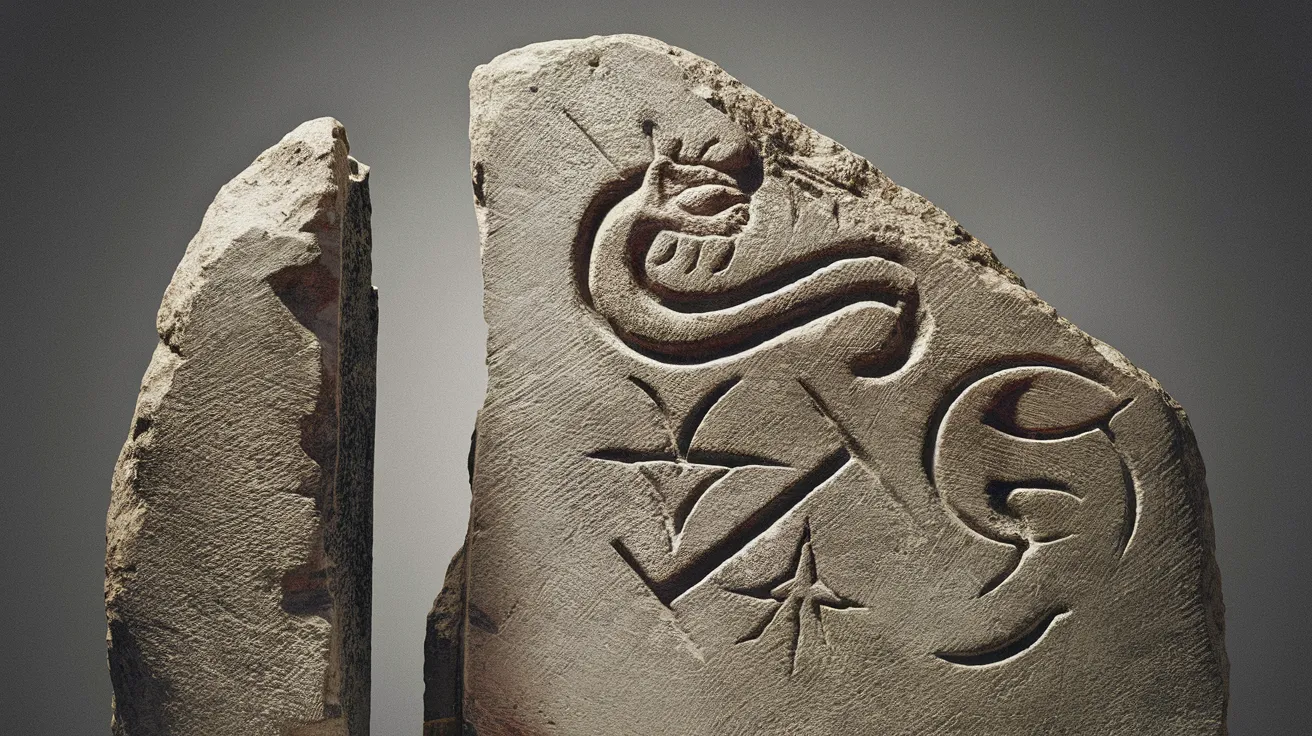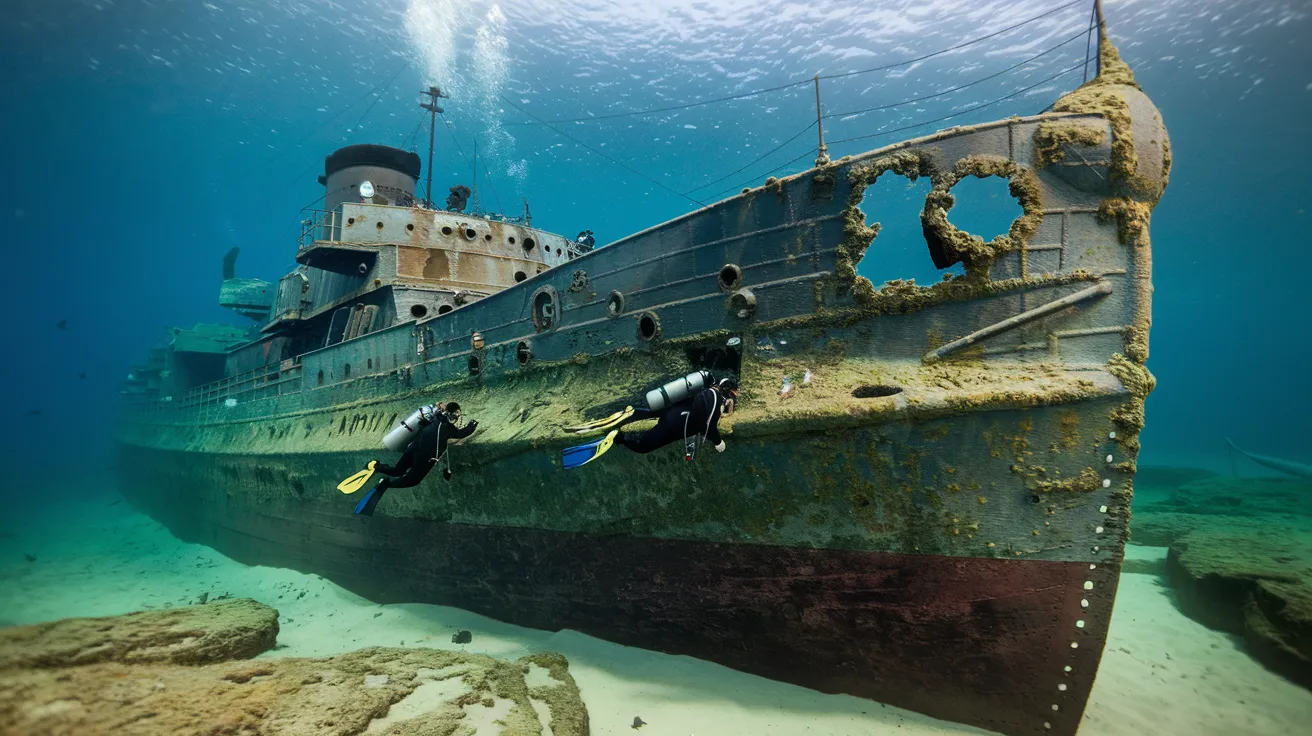Quick Navigation
- Yesnaby: Geological Drama Unveiled
- Hoy: Island of Giants
- Marwick Head: A Seabird Spectacle
- Understanding Coastal Features: Stacks, Geos, and Gloups
- Coastal Walking and Safety
- Frequently Asked Questions
- Where is the best place to see puffins on the cliffs?
- How difficult is the walk to the Old Man of Hoy?
- Are the cliffs safe to walk along?
- What is Yesnaby Castle?
Orkney's coastline is a masterpiece sculpted by the relentless power of the North Atlantic. Towering cliffs, dramatic sea stacks, and hidden inlets tell a story millions of years in the making. Exploring these coastal wonders offers breathtaking views, encounters with abundant wildlife, and a profound sense of nature's artistry. Prepare to be awestruck by some of the UK's most spectacular coastal scenery.
Yesnaby: Geological Drama Unveiled
The cliffs at Yesnaby, on Orkney Mainland's west coast, are a geologist's dream and a photographer's paradise. Formed from ancient Devonian Old Red Sandstone, these cliffs showcase incredible formations carved by wind and waves. The most famous landmark is the Yesnaby Castle sea stack, a majestic two-legged arch standing defiant against the ocean swell. Look closely at the rock layers to see evidence of ancient environments, from fossilised lakebed ripples to wind-blown dune patterns (aeolian cross-bedding). The coastal path here winds past geos (narrow inlets) like Garthna Geo and offers views of the Broch of Borwick perched precariously near the edge.
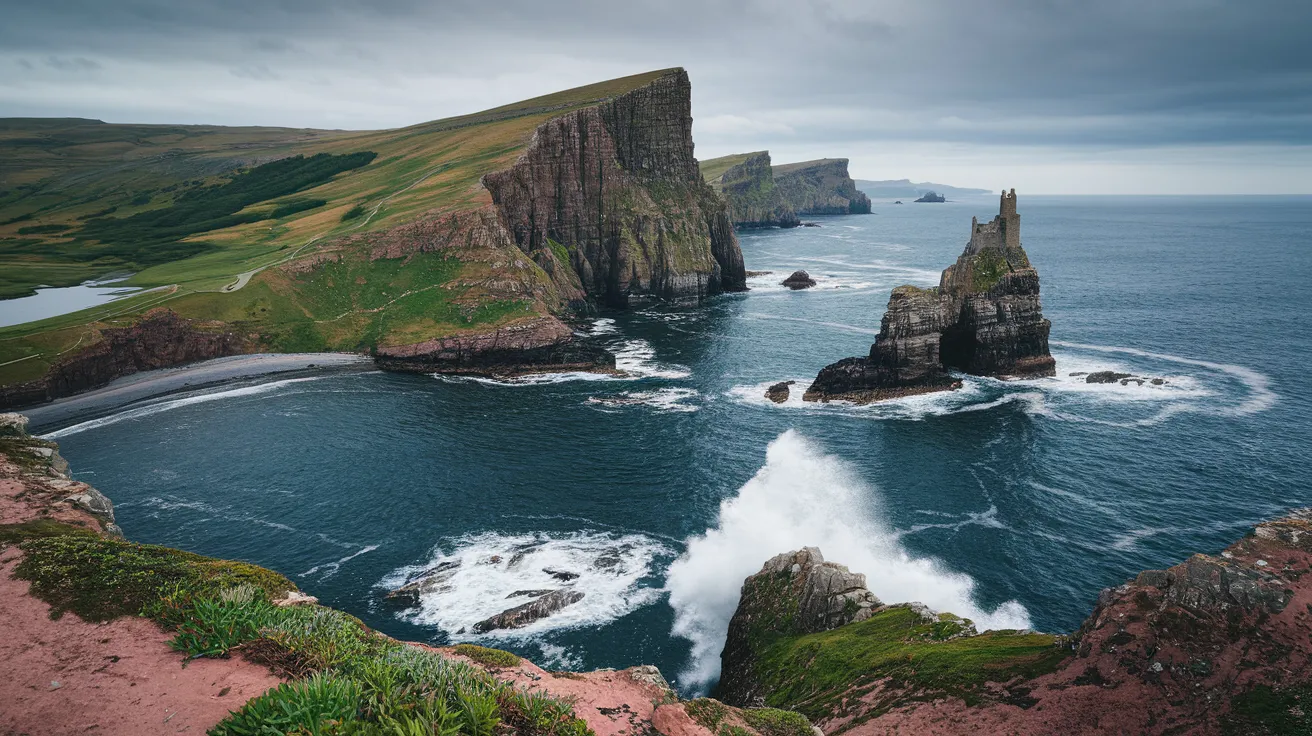
Hoy: Island of Giants
The island of Hoy lives up to its Old Norse name ('High Island') with Orkney's most imposing cliffs. Dominating the skyline is the legendary Old Man of Hoy, a 137-metre (450 ft) red sandstone sea stack. This iconic landmark, first climbed in 1966, is best viewed from the dramatic coastal path leading from Rackwick Bay – a rewarding 3-hour return hike. Nearby, St John's Head boasts the title of the UK's highest vertical sea cliff, plunging over 350 metres (1,150 ft) into the Pentland Firth. These cliffs are not just geological marvels but also important nesting sites for seabirds, including peregrine falcons.
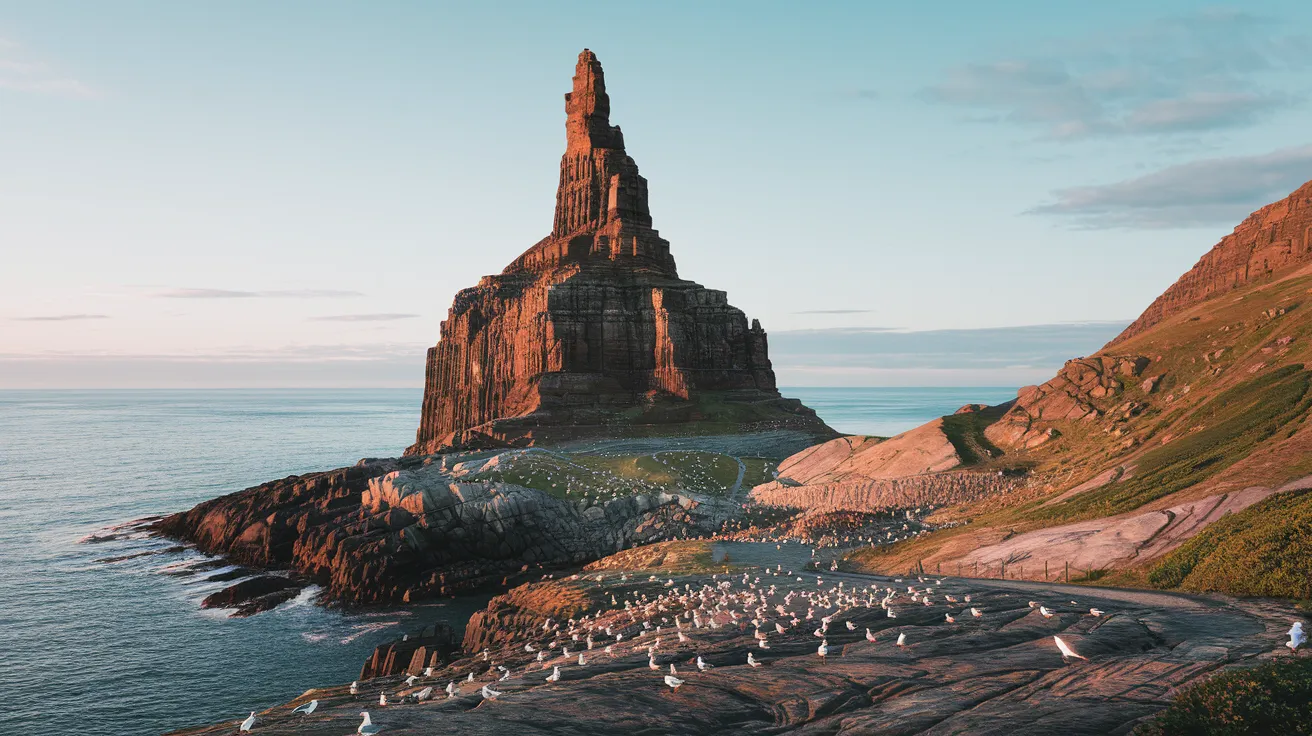
Marwick Head: A Seabird Spectacle
Further north on the Mainland coast lies Marwick Head, an RSPB nature reserve renowned for its bustling seabird cities during the summer breeding season (May-July). Tens of thousands of guillemots, razorbills, kittiwakes, and fulmars cram onto the narrow cliff ledges, creating an unforgettable sensory experience of sight and sound. Puffins can also be spotted here. The reserve's circular walk takes you along the cliff edge, offering fantastic views of the bird colonies and the Kitchener Memorial, a stone tower commemorating the WWI sinking of HMS Hampshire nearby. Keep an eye out for seals basking on the rocks below and potentially otters in the intertidal zone.
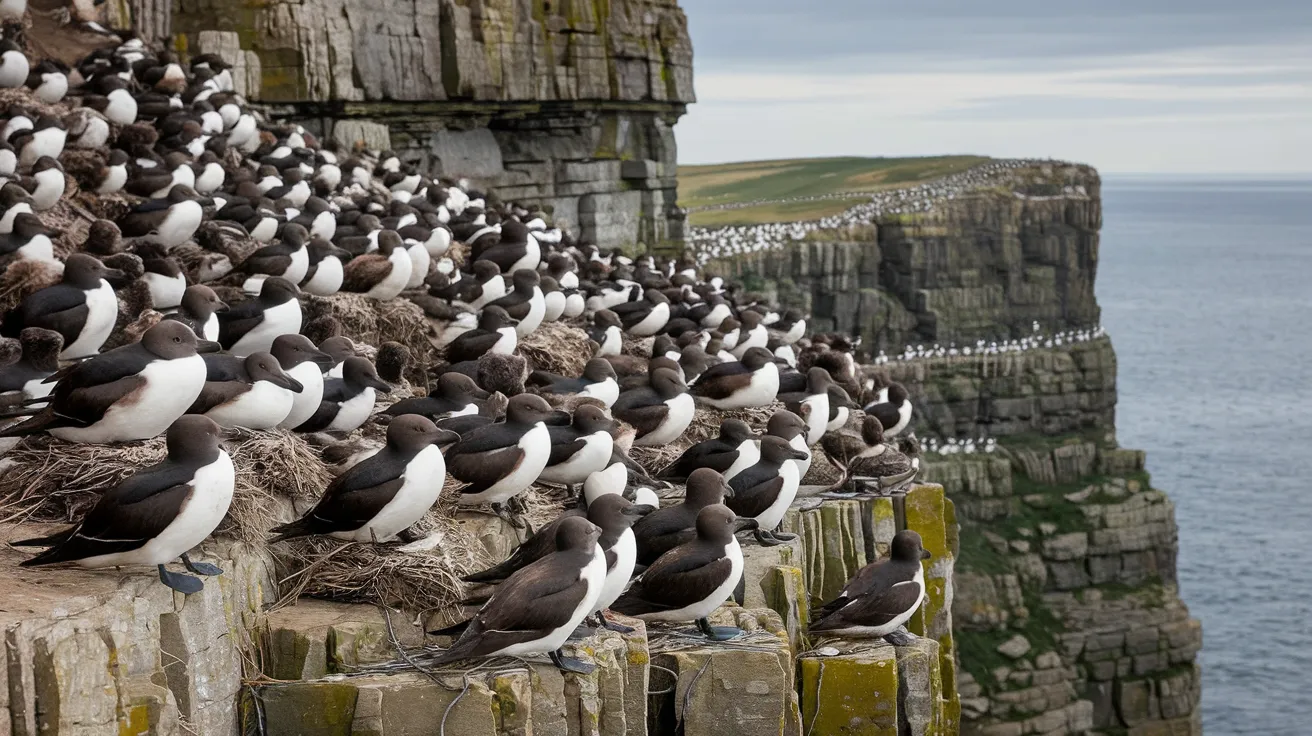
Understanding Coastal Features: Stacks, Geos, and Gloups
Orkney's coastline is a textbook example of coastal erosion processes:
- Sea Stacks: Isolated pillars of rock (like Yesnaby Castle, Old Man of Hoy) formed when arches collapse or headlands erode.
- Geos: Narrow, steep-sided inlets formed along faults or weaknesses in the cliffs, often carved out by wave action.
- Gloups: Blowholes formed when sea caves collapse inwards, leaving a hole on the cliff top connected to the sea below (e.g., The Gloup at Mull Head).
These features highlight the dynamic nature of the coastline, constantly being reshaped by the sea.
Coastal Walking and Safety
Exploring Orkney's cliffs on foot is highly recommended, but requires caution:
- Stay Back from the Edge: Coastal erosion is active. Keep at least 5 metres (16 feet) from cliff edges, which can be unstable and undercut.
- Wear Appropriate Gear: Sturdy, waterproof hiking boots are essential. Weather can change rapidly, so pack waterproofs and warm layers.
- Check Weather and Tides: High winds are common and can make cliff paths dangerous. Check forecasts before setting out. Be aware of tide times if walking near beaches or causeways (like Brough of Birsay).
- Inform Someone: Let your accommodation provider or a contact know your planned route and expected return time.
- Emergency: Carry a charged phone. In an emergency, dial 999 or 112 and ask for the Coastguard. Consider using the What3Words app for precise location.
Popular coastal walks include the Yesnaby circuit, Marwick Head loop, and the path to the Old Man of Hoy. Resources like WalkHighlands and VisitOrkney offer detailed route descriptions.
Frequently Asked Questions
Where is the best place to see puffins on the cliffs?
Marwick Head offers good chances during summer (May-July). While not primarily cliffs, nearby Brough of Birsay is also excellent for puffins (check tide times for access).
How difficult is the walk to the Old Man of Hoy?
It's a moderate 3-hour return hike from Rackwick Bay involving some ascent (around 200m). The path can be boggy in places and requires sturdy footwear.
Are the cliffs safe to walk along?
Yes, if you take precautions. Stick to marked paths, stay well back from the edge, wear appropriate gear, and check the weather forecast.
What is Yesnaby Castle?
It's not a man-made castle, but a spectacular natural sea stack near the Yesnaby cliffs, named for its castle-like appearance.
Orkney's sea cliffs and coastal wonders are a testament to the raw beauty and power of nature. From the geological marvels of Yesnaby to the wildlife havens of Marwick Head and the sheer scale of Hoy, the coastline offers endless fascination. Explore safely and respectfully to fully appreciate these magnificent landscapes.

